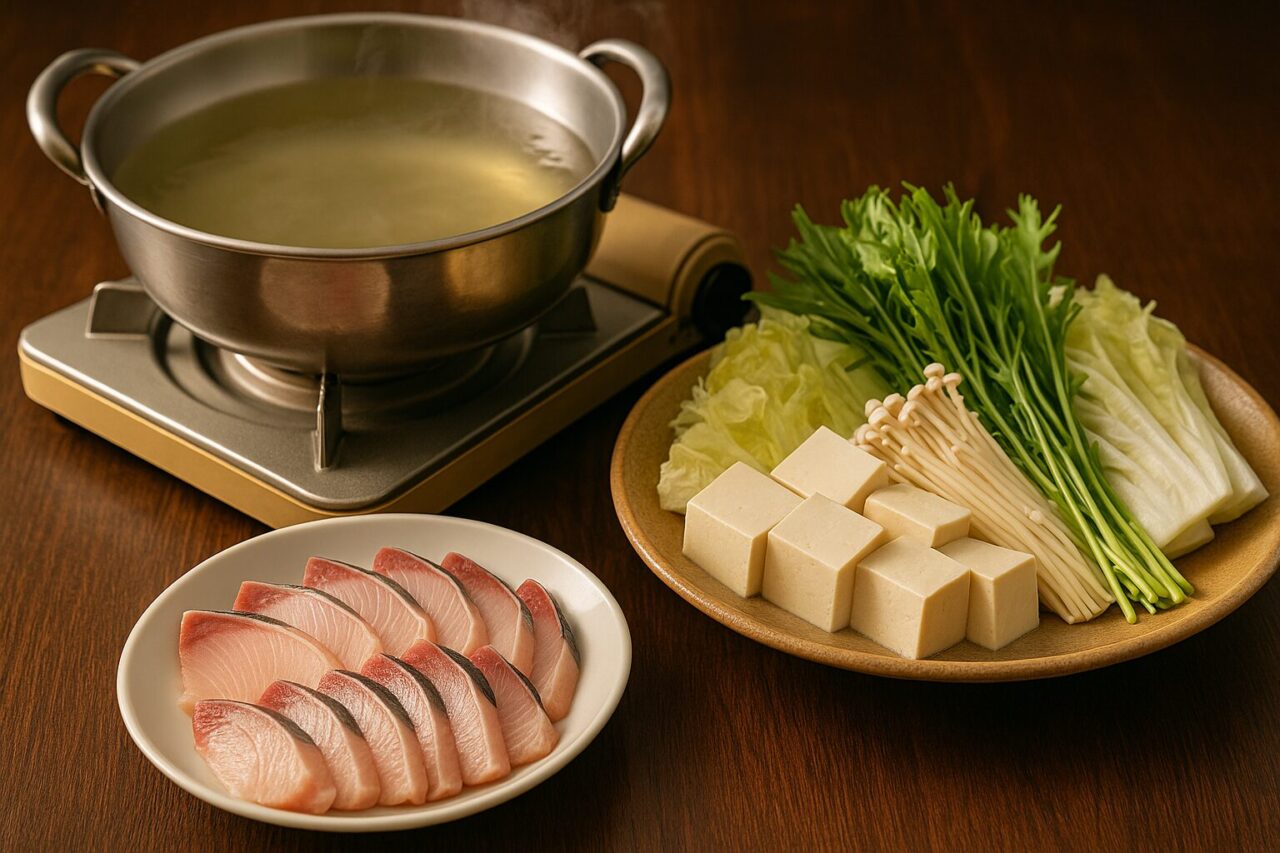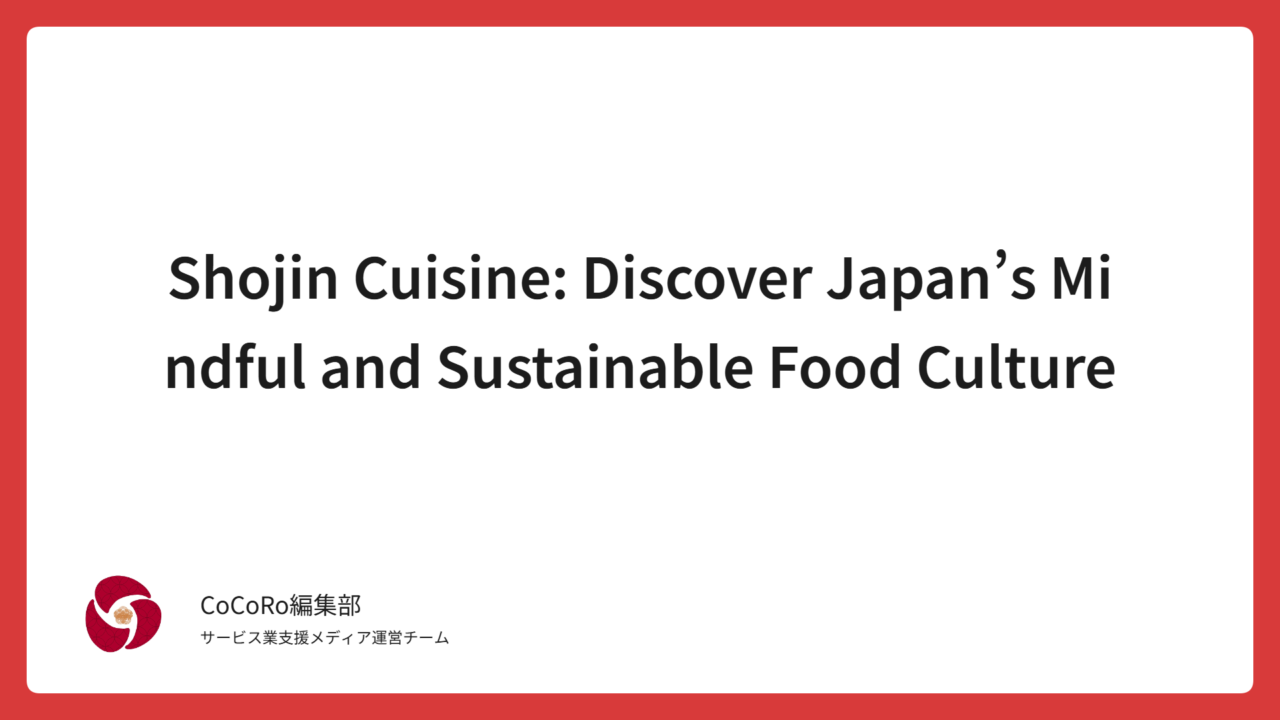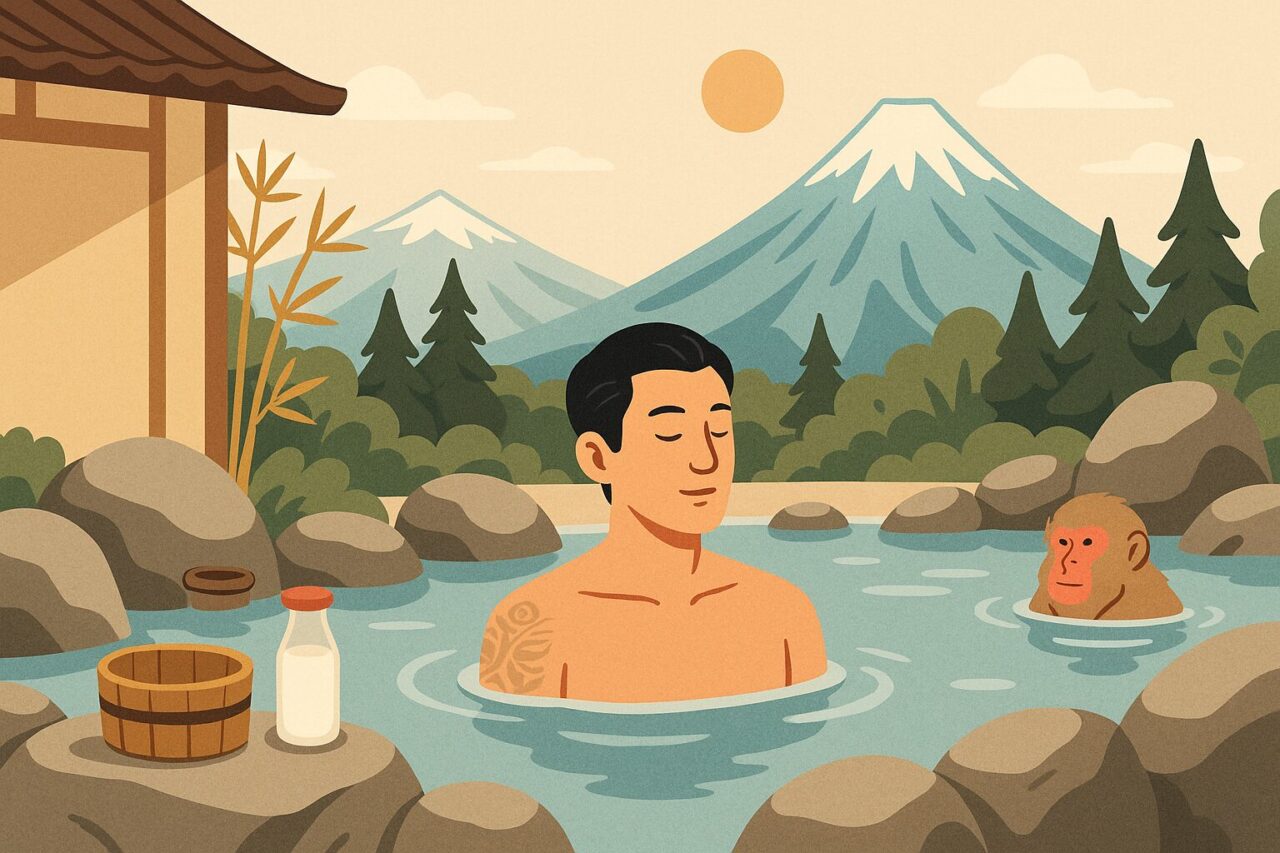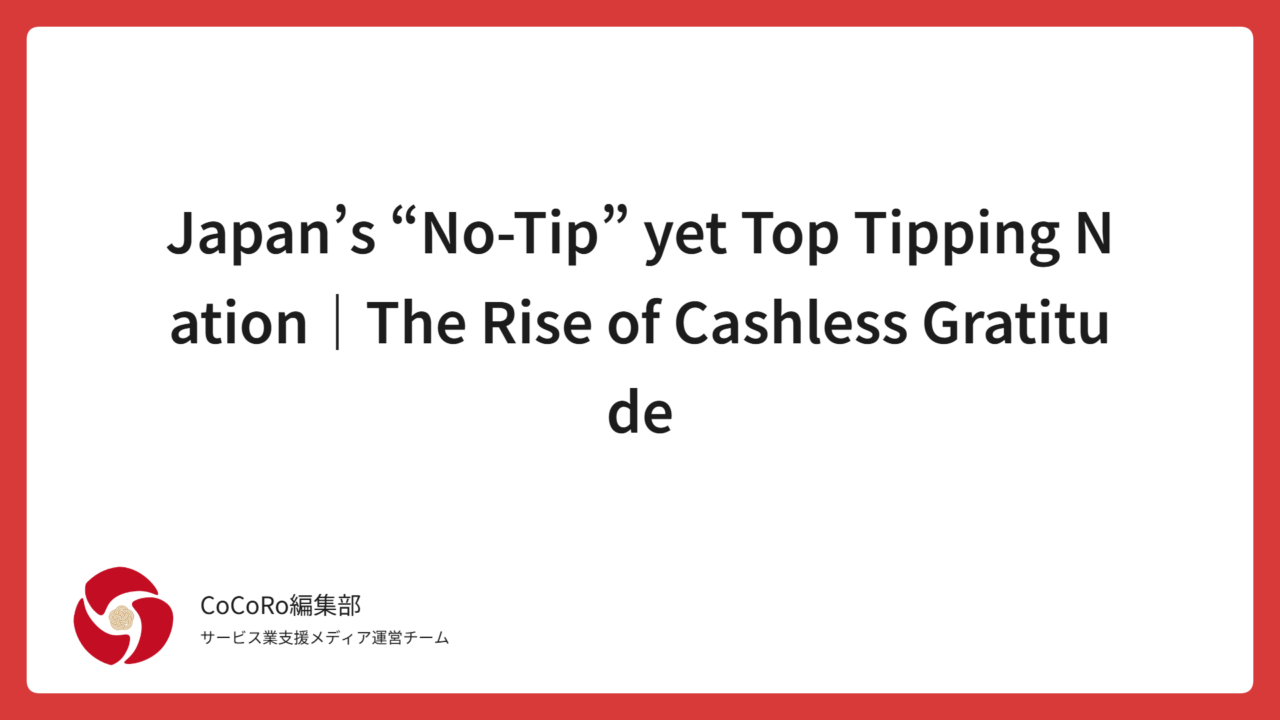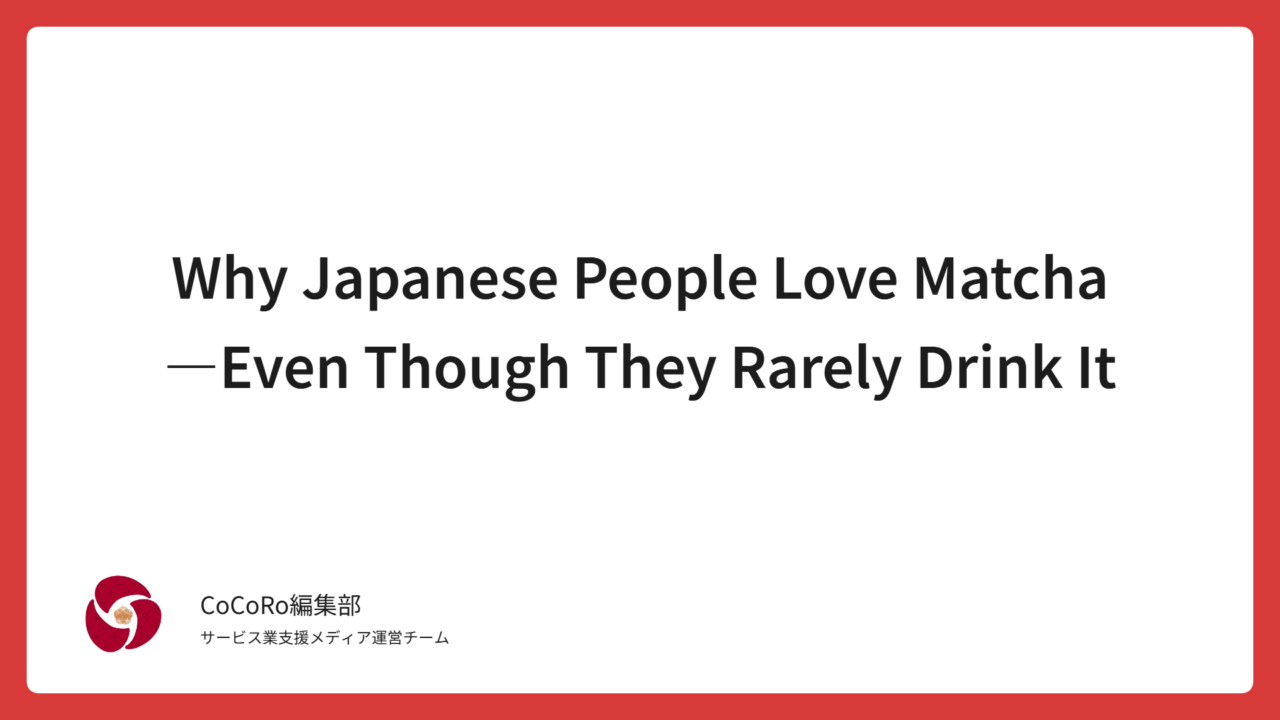
- Introduction: The World’s Love for Matcha—and Japan’s Subtle Distance
- Chapter 1: Japan’s First Encounter with Matcha — A “Culture of Stillness” Born from Zen (Kamakura–Muromachi Period, 12th–15th Century)
- Chapter 2: Matcha Beyond Everyday Life — From the Edo Period to Early Modern Japan (17th–Early 20th Century)
- Chapter 3: The Revival of Matcha as Flavor — From Postwar Japan to the Era of Rapid Economic Growth
- Chapter 4: The Era of the Matcha Latte — From Heisei to Reiwa
- Chapter 5: Why Japanese People Are Drawn to Matcha—Even Though They Rarely Drink It
- Conclusion: Even Without Drinking It, Matcha Lives Within the Japanese Spirit
Introduction: The World’s Love for Matcha—and Japan’s Subtle Distance
These days, it’s hard to scroll through cafés or social media without seeing the word “Matcha.”
In the United States and Europe, it’s celebrated as a superfood linked to wellness and mindfulness.
Across Asia—especially in Korea and Taiwan—matcha lattes and matcha-flavored sweets have become icons of modern youth culture.
In Japan, however, the story feels a little different.
While matcha-flavored sweets fill convenience store shelves and matcha lattes have become a café staple,
few people actually drink freshly whisked matcha as part of their everyday life.
In other words, the Japanese may love matcha—without actually drinking it.
Behind this quiet fascination, there seems to be a longing that has lived within the Japanese spirit for over eight centuries—
a deep admiration for silence and stillness.
That sensibility has quietly evolved through the ages,
changing its form yet continuing to live within us today.
Chapter 1: Japan’s First Encounter with Matcha — A “Culture of Stillness” Born from Zen (Kamakura–Muromachi Period, 12th–15th Century)
A Culture of Stillness Carried by Zen — From Eisai to Sen no Rikyū
The relationship between the Japanese and matcha is said to have begun during the Kamakura period (late 12th to 13th century).
A Zen monk named Eisai (1141–1215) brought tea seeds and the method of preparing powdered tea from China’s Song dynasty.
This practice later became the foundation of Japan’s unique culture of whisking and drinking matcha.
At that time, matcha was not regarded as a luxury or a social beverage,
but rather as a form of medicine and part of spiritual practice.
In his work Kissa Yōjōki (Drinking Tea for Health, 1202),
Eisai wrote that “Tea is the elixir of life, the miraculous art of longevity.”
In other words, tea was seen as something to nurture the body and purify the mind—
a quiet act of maintaining both health and inner harmony.
Over time, this philosophy became deeply intertwined with the spirit of Zen and Bushidō—the moral code of the samurai.
For warriors living amid constant warfare, the act of whisking tea may have offered a brief moment of stillness,
a quiet space to look inward and reflect upon themselves.
During the Muromachi period, under the patronage of Ashikaga Yoshimasa (1436–1490),
the practice of tea gatherings—known as chanoyu—was refined into an art form of the elite.
Later, Sen no Rikyū (1522–1591) distilled this tradition into the aesthetic of wabi-cha,
where simplicity and imperfection came to embody the true beauty of tea.
The spirit of wabi finds beauty not in extravagance,
but in imperfection, simplicity, and quietness.
In many ways, matcha came to embody this very philosophy—
a symbol of Japan’s aesthetic of stillness and restraint.
Chapter 2: Matcha Beyond Everyday Life — From the Edo Period to Early Modern Japan (17th–Early 20th Century)
The Tea Ceremony’s Enduring Spirit of Hospitality and Formal Beauty
As Japan entered the Edo period, society became more stable,
and matcha was enjoyed mainly among the aristocracy and within temples.
Among the common people, however, a more accessible tea culture began to spread—
the culture of sencha, loose-leaf green tea.
Because it could be prepared simply by pouring hot water,
sencha soon became known as the “everyday tea” that accompanied ordinary life.
As a result, matcha gradually came to be regarded as a drink reserved for special occasions.
The Japanese tea ceremony evolved into a highly formalized ritual,
yet within its structure, the spirit of hospitality (omotenashi) and harmony continued to breathe—
a quiet reflection of the beauty found in the Japanese heart.
Even through the Meiji, Taishō, and early Shōwa periods,
the custom of preparing matcha at home gradually faded.
Yet through school education and women’s associations,
the tea ceremony continued to be passed down—
a quiet testament to a culture that endured, slender but unbroken.
Even as the times changed, the spirit of matcha lived on in silence.
Chapter 3: The Revival of Matcha as Flavor — From Postwar Japan to the Era of Rapid Economic Growth
The Taste of Memory — How Matcha Found New Life in Japanese Sweets
In postwar Japan, daily life changed dramatically.
New food cultures—Western-style sweets and coffee—spread rapidly across the country.
As life grew more convenient and tastes became more diverse,
matcha, once a symbol of refined hospitality,
seemed to quietly fade from the everyday scene.
Yet matcha was never completely forgotten.
By the mid-Shōwa period, long-established tea houses in Kyoto and Uji began selling matcha ice cream and matcha soft serve to visiting tourists.
This small movement, humble as it seemed, may have quietly sparked the revival of matcha as flavor—
the rebirth of a tradition now savored through taste rather than ceremony.
Until then, matcha had belonged to the refined world of the tea ceremony—
a drink prepared and enjoyed within limited circles of the upper class.
But around this time, it began to reach ordinary people for the first time,
not as ritual, but as something to be tasted and enjoyed.
Even without knowing the formal art of whisking,
anyone could appreciate the gentle aroma and subtle bitterness of matcha.
In a way, this marked the moment when matcha transformed from a cultural symbol into a flavor—
a quiet rebirth from tradition into taste.
In Kyoto, new sweets blending Japanese and Western styles began to appear one after another—
matcha cakes, matcha puddings, and matcha yokan,
each offering a different way to savor the flavor of matcha.
Over time, matcha came to be seen as a refined yet soothing taste of Japan,
no longer a symbol of formality,
but a small luxury enjoyed both in travel and in everyday life.
In this way, matcha, once a drink reserved for special occasions,
slowly began to appear in everyday life as a gentle pleasure of ordinary people.
It was no longer about form or ceremony,
but about feeling—a quiet way to taste the Japanese spirit itself.
This new expression of matcha culture seems to have quietly taken root during this era.
Chapter 4: The Era of the Matcha Latte — From Heisei to Reiwa
From Ritual to Leisure — How “Unwhisked Matcha” Became Everyday Enjoyment in Japan
Entering the Heisei era, matcha once again stepped into the spotlight—
this time in an entirely new form.
With the rise of café culture, drinks like the matcha latte and matcha frappuccino became staples among young people,
and soon, matcha could be easily enjoyed anywhere—from convenience stores to train stations.
Matcha was no longer confined to the tea room.
Even without formal rituals or training,
its vivid color, gentle aroma, and that subtle feeling of inner balance continue to draw people in.
What’s fascinating is that, by losing its formal rituals,
matcha seems to have rediscovered its original meaning—
a way to restore inner calm in everyday life.
Sipping a single matcha latte, taking a quiet moment to breathe—
it may be the modern equivalent of the tea room.
Only the essence remains:
the quiet act of centering the mind,
still alive today, though its form has changed.
Chapter 5: Why Japanese People Are Drawn to Matcha—Even Though They Rarely Drink It
From Form to Symbol — A Small Ritual for Returning to Oneself
In the age of the samurai, preparing matcha in a tea room was not an act of readiness for battle,
but rather a quiet ritual to steady the heart.
Placing the sword aside, watching the rising steam,
and seeing one’s reflection in the bowl—
it may have been a way to find stillness amid turmoil,
a moment to return to one’s center before facing the world again.
Even today, many Japanese people may still seek that same quiet sense of balance.
Amid the rush of work and the flood of information,
when they begin to lose sight of themselves,
they might find their hand reaching for a matcha latte in a café.
In that small act lies something instinctive—
a gentle reminder to pause, to breathe,
and to return to oneself, even for just a moment.
The purpose of drinking matcha may not lie in the drink itself,
but in the quiet ritual of reconnecting with oneself through that moment.
It is, perhaps, a continuation of the lineage of inner stillness
that has flowed since the time of Sen no Rikyū.
Though the form has changed,
the essence of balance and harmony that matcha once symbolized
still seems to live quietly within the modern Japanese mind.
Conclusion: Even Without Drinking It, Matcha Lives Within the Japanese Spirit
Matcha may no longer be just a drink,
but rather a symbol reflecting the Japanese way of being—
a quiet mirror of the nation’s spirit.
The tea once prepared by Zen monks in the Kamakura period to calm the mind,
the tea enjoyed by samurai in the warring states to discipline themselves,
and the matcha latte sipped by a modern office worker in a café—
all seem connected as moments of returning to quietness.
Across centuries, the form has changed,
but the desire to find stillness within remains beautifully the same.
Though its form has changed, its purpose has not.
Matcha, at its heart, is a culture that helps one stay centered—
a quiet way to remain oneself, even amid the flow of changing circumstances.
Although Japanese people no longer drink matcha as often as before,
its spirit continues to live on—quietly transforming,
taking new shapes within the rhythm of everyday life.
In those small moments of pausing, settling, and centering,
the heart of matcha still seems to breathe within us.
As the world grows ever more fascinated by “MATCHA,”
perhaps it is time for us, the Japanese,
to once again rediscover the quiet richness that lies at its heart.


